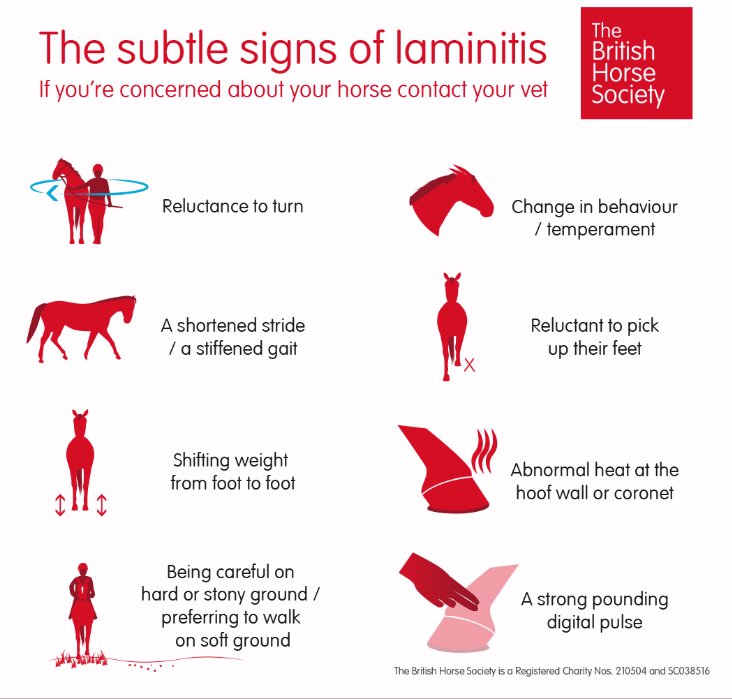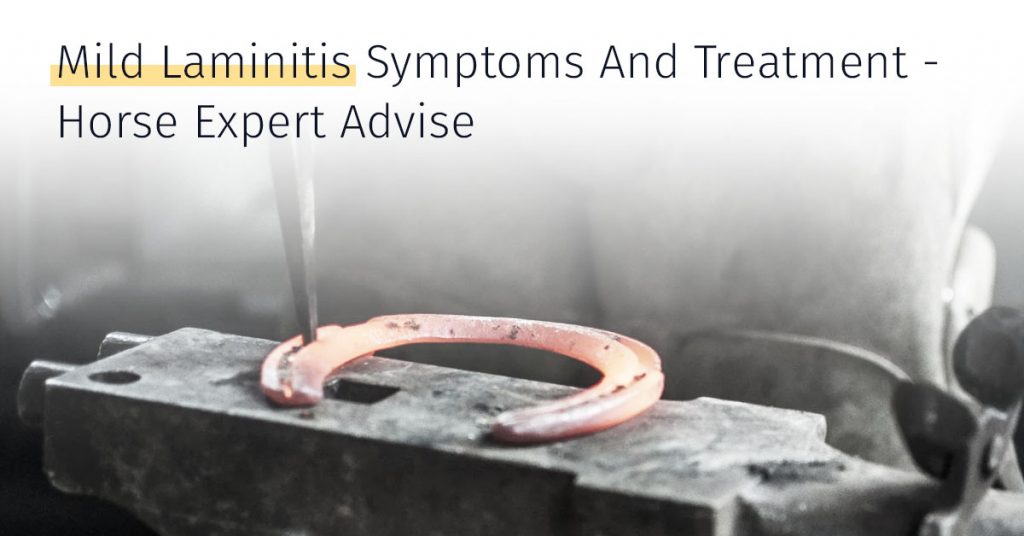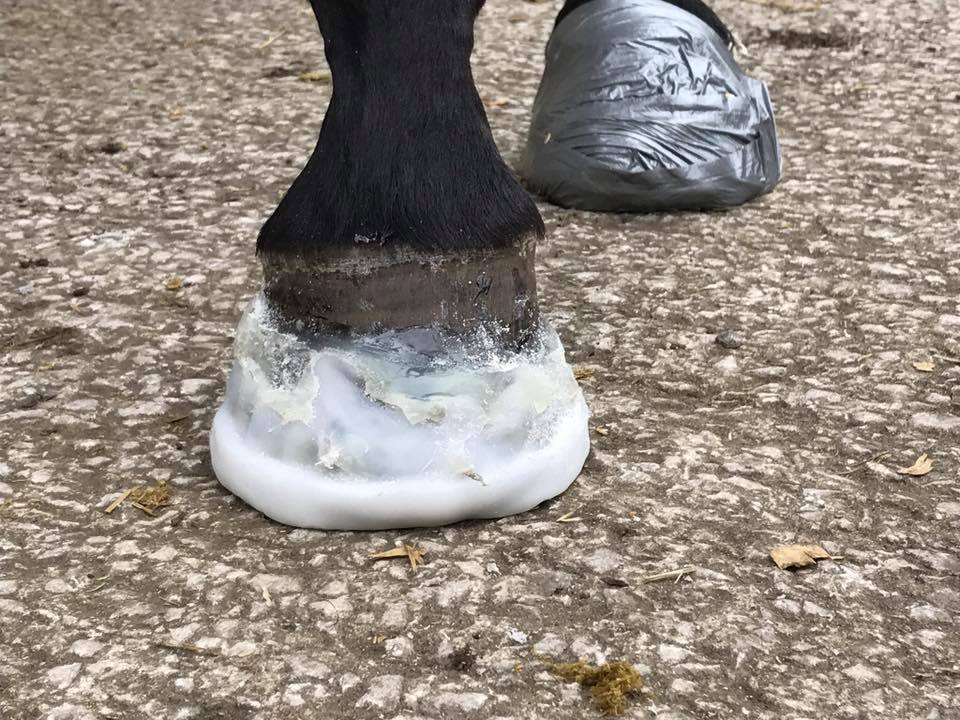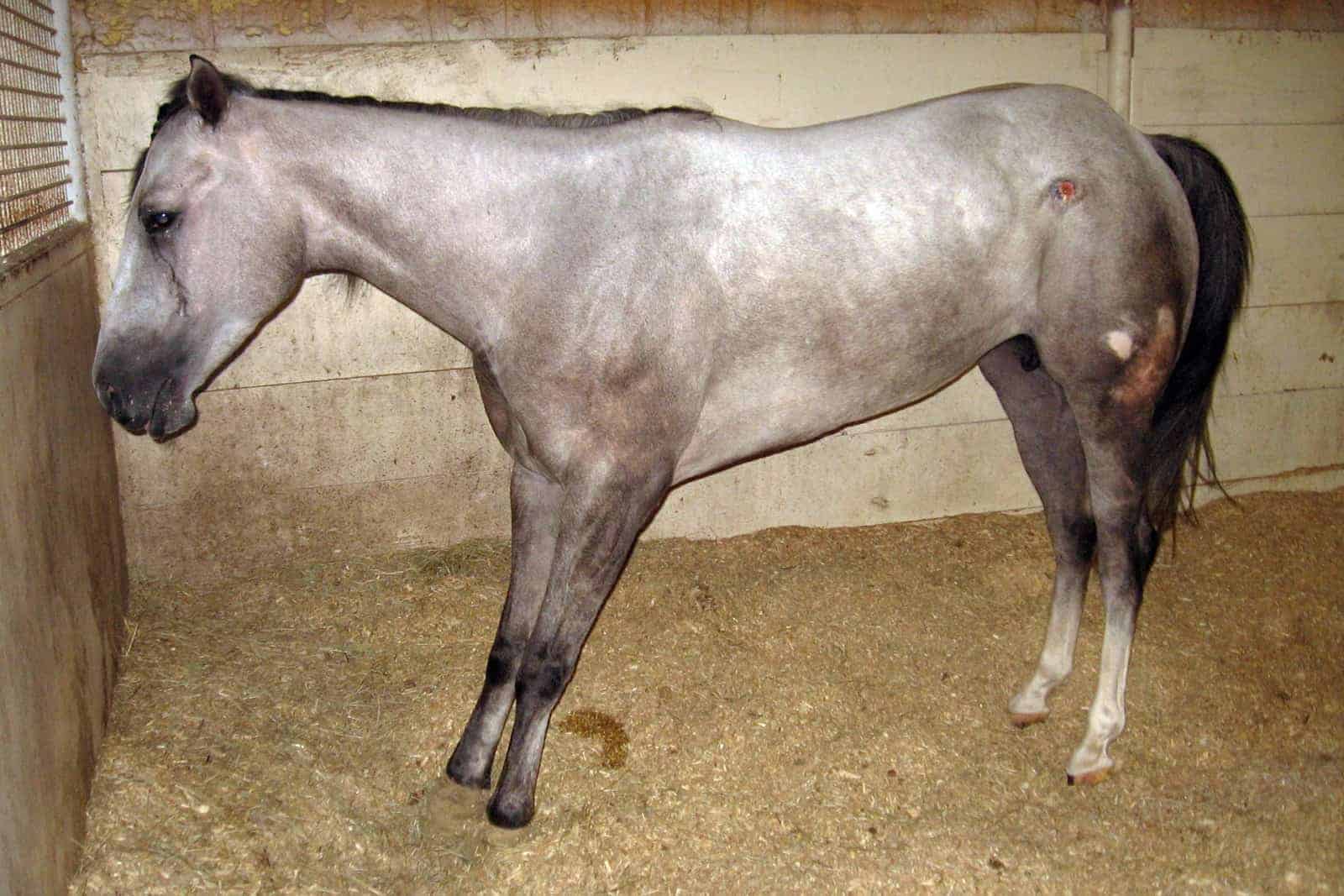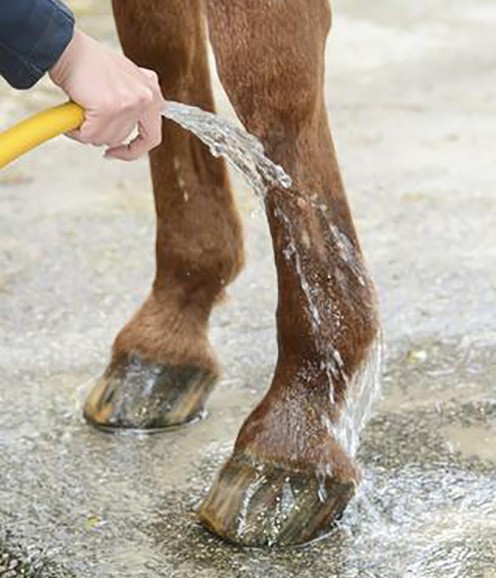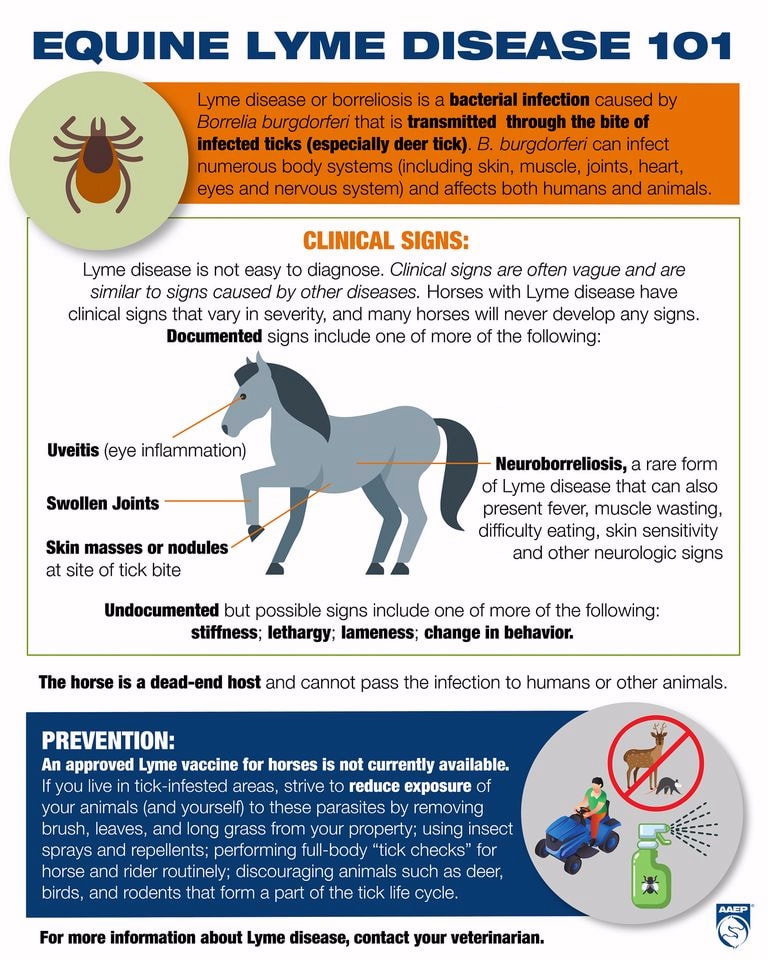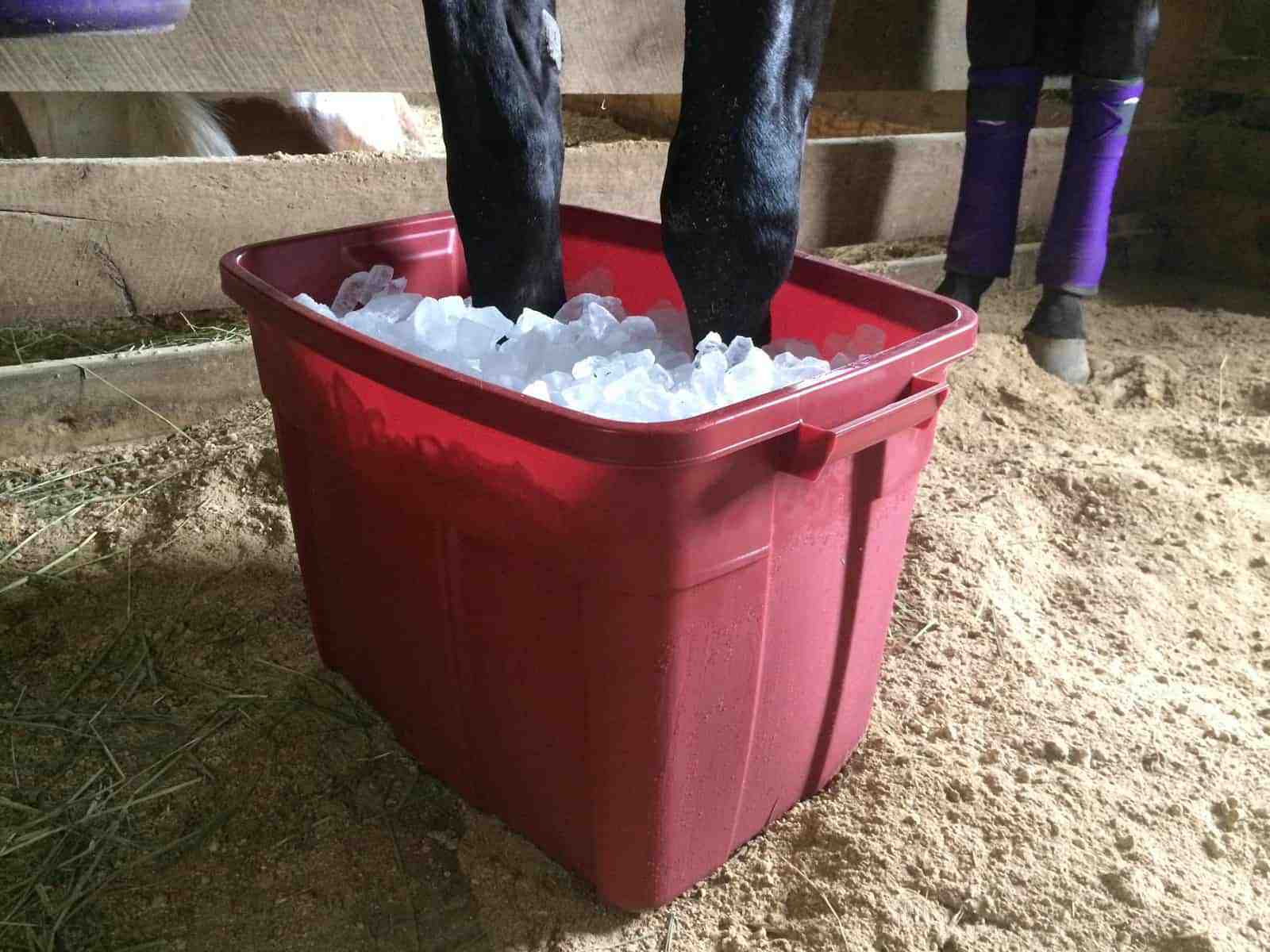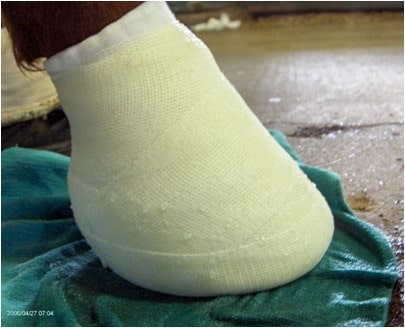Treating Mild Laminitis In Horses

For the best horse laminitis treatment a complex approach is needed.
Treating mild laminitis in horses. Treatment will depend on specific circumstances but may include the following. Diagnosing and treating the primary problem laminitis is often due to a systemic or general problem elsewhere in the horse s body. Treatment for laminitis can vary depending on the severity of the condition but the mainstay for years is to get your horse started on a regimen of phenylbutazone which is a powerful anti inflammatory. The very mildest sub clinical nutritionally triggered cases can often be nipped in the bud by changes in management notably feeding.
Most horses and ponies can recover from laminitis but the extent of their recovery depends on many factors including how severe the problem was when it was first spotted and how soon treatment commences. Chronic laminitis can be a very difficult disease to treat however by using natural treatments the success rate increases significantly. That along with proper and supportive footing are two of the treatments used in helping to alleviate the pain disease. Thus once rotation and sinking of the pedal bone occur these changes are only ever partially repairable.
Review your horse s diet with your veterinarian. Horse laminitis is a condition that must be treated as an emergency as chances of recovery are maximized if treatment is started early. Your goal should be to help prevent the further development of laminitis as well as to reduce the pain associated with this destructive disease. Treating these horses involves a combination of many alternative and complementary modalities including acupuncture herbs homeopathy and the most important of all nutrition.
Stop feeding all grain based feeds and pasture.
